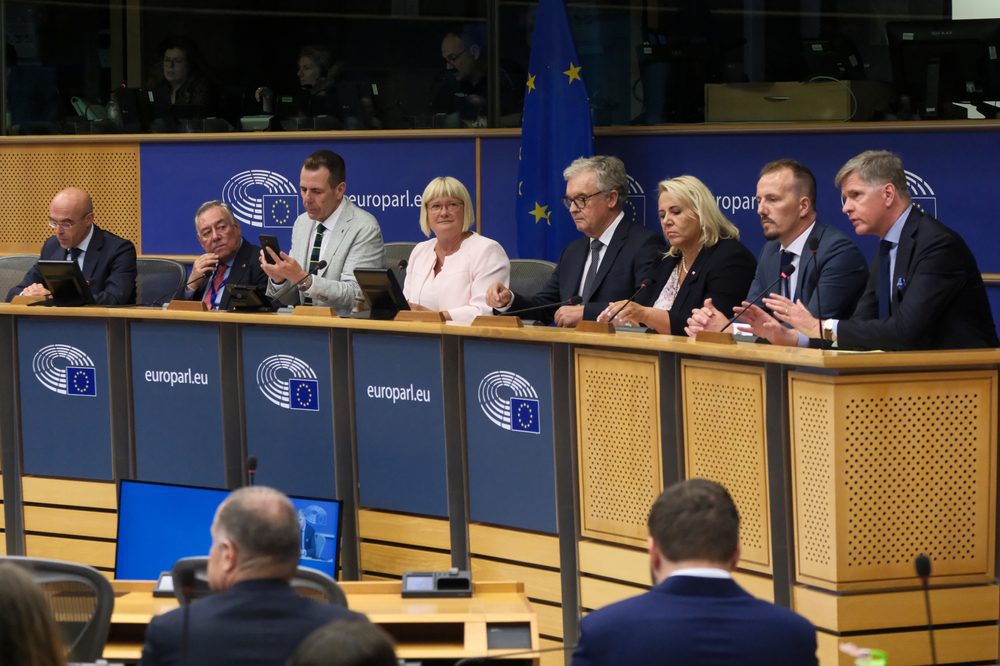Executive Summary
The Story So Far
Why This Matters
Who Thinks What?
Europe’s newly agreed migration rules encountered immediate turbulence this week, as member states convened in Luxembourg to discuss implementation, revealing deep divisions over who should bear the responsibility for asylum-seekers. While ministers met to address technicalities such as “return hubs” and cross-border deportation powers, discussions on the sidelines were dominated by the political implications of capacity and willingness to accept more migrants.
Divisions on Burden-Sharing
The core of the disagreement stems from a new EU law, agreed in 2023 and slated for implementation by June next year. This legislation mandates the European Commission to identify countries under “migratory pressure,” allowing other governments to either accept migrants from those nations or provide financial aid and staff. However, a scheduled Commission announcement detailing which countries are struggling has been delayed, underscoring the political sensitivity of the issue.
Several countries have already indicated a strong preference for financial contributions over accepting relocated individuals. Belgian Migration Minister Anneleen Van Bossuyt stated her country’s asylum system is “full,” while Finnish Interior Minister Mari Rantanen affirmed Finland would “obviously” not take migrants from other EU states. The Netherlands has a policy of offering monetary support rather than receiving people, and Sweden’s Migration Minister Johan Forssell hinted at reluctance, citing the “so many” asylum-seekers his country has already hosted in the past decade.
Challenges to Implementation
This widespread preference for financial aid over relocation presents a significant challenge. A scenario where most countries opt for cash contributions could necessitate a complex system of “offsets,” where assisting nations would instead process asylum claims for those under pressure, rather than accepting individuals directly. The credibility of such a system is further complicated by the past performance of countries like Italy and Greece, which last year processed only a small fraction of the migration cases they were expected to handle under the existing Dublin rules.
Adding to the implementation hurdles, governments failed to reach a consensus on a system for the mandatory recognition of asylum decisions made in other EU countries. Danish Migration Minister Rasmus Stoklund, leading these discussions, reported that national governments remain “too divided” on a proposed change to the Commission’s original draft.
High Stakes for EU Credibility
EU Commissioner for Migration Magnus Brunner acknowledged “a lot of cooperation” and a desire among countries to reform the system, but stressed that “time is of the essence” given the looming June deadline for implementation and a previous call by EU leaders for “determined action” on deportations. Failure to implement the new pact carries significant political risks for the EU’s centrist parties.
Alberto-Horst Neidhardt, a senior policy analyst at the European Policy Centre, warned that if member countries refuse to implement the agreed rules, it would “fundamentally undermine the credibility of the common European asylum system.” He cautioned that such a breakdown could lead to the reinstatement of internal border controls across the Schengen area, systematic pushbacks at external borders, and a “political spiral because the far right would claim vindication.” Neidhardt highlighted that the current political context is “very different” from the 2015 migration crisis, with national governments now appearing “much more self-interested.”








